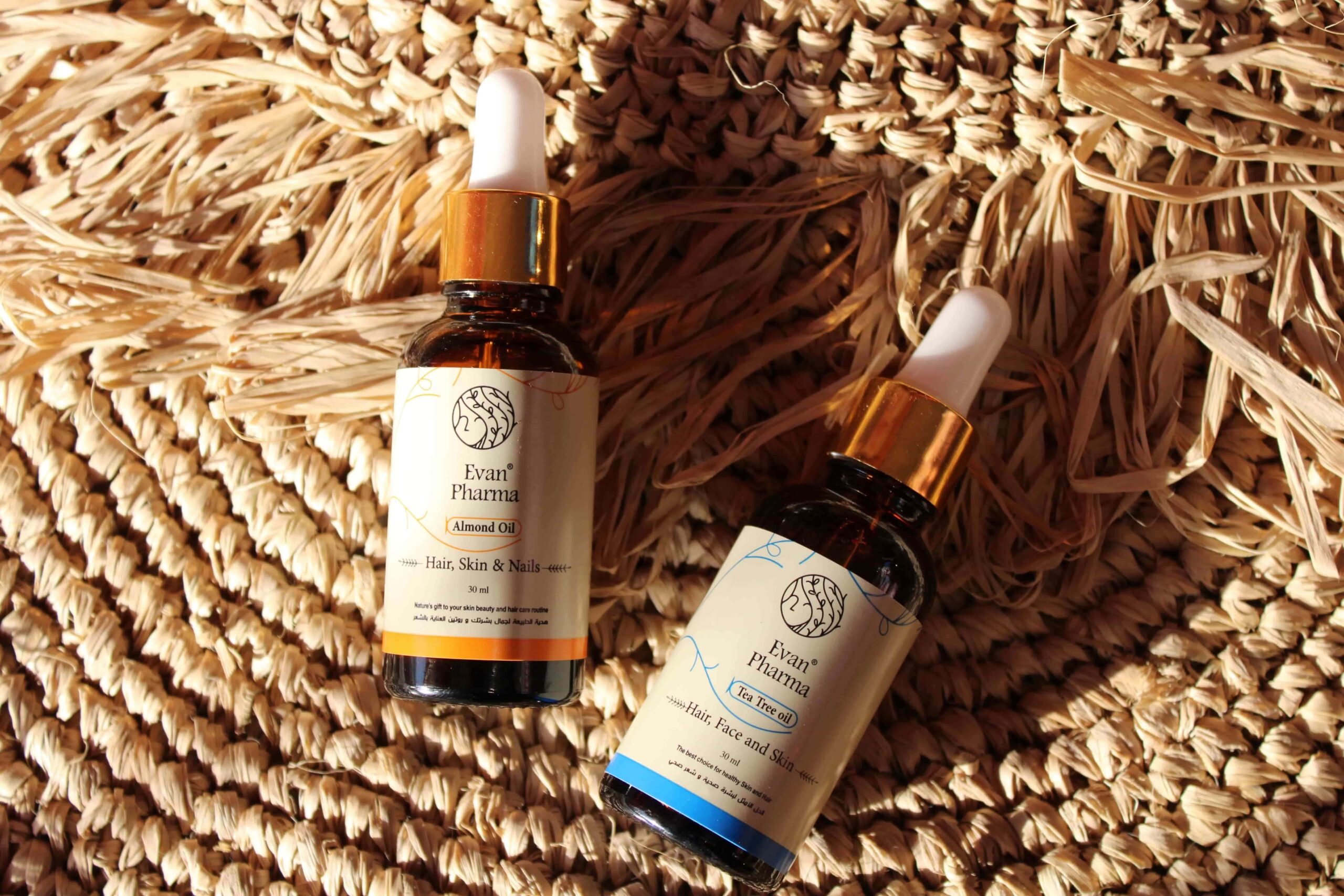Taking care of your skin is essential for maintaining a healthy and glowing complexion. However, with so many skincare products and routines available, it can be overwhelming to know where to start. The key to creating an effective skincare routine is to identify your skin type and choose products that work best for your specific needs. In this blog, we’ll walk you through the steps to create a skincare routine for your skin type.
Follow the Next Steps
Step 1: Determine Your Skin Type
The first step in creating a skincare routine is to determine your skin type. This is important because different skin types have different needs, and using the wrong products can lead to irritation and breakouts. There are four main skin types: oily, dry, combination, and sensitive. Here’s how to identify your skin type:
Oily Skin: If your skin is shiny and prone to acne and blemishes, you likely have oily skin. Your pores may appear larger, and your skin may feel greasy to the touch.
Dry Skin: If your skin feels tight and dry, you likely have dry skin. Your skin may be flaky and prone to fine lines and wrinkles.
Combination Skin: If your skin is oily in some areas (such as the T-zone) and dry in others, you likely have combination skin.
Sensitive Skin: If your skin is easily irritated and prone to redness, you likely have sensitive skin.
Step 2: Cleanse
Cleansing is an essential step in any skincare routine. It helps to remove dirt, oil, and makeup from your skin. Choose a cleanser that’s formulated for your skin type. If you have oily skin, look for a foaming cleanser that contains salicylic acid or benzoyl peroxide to help control oil and prevent breakouts. If you have dry skin, choose a gentle, moisturizing cleanser that won’t strip your skin of its natural oils.
Step 3: Exfoliate
Exfoliating helps to remove dead skin cells and promote cell turnover. Choose an exfoliant that’s formulated for your skin type. If you have oily skin, look for an exfoliant that contains salicylic acid or glycolic acid to help unclog pores and control oil. If you have dry skin, choose an exfoliant that contains lactic acid or enzymes to gently remove dead skin cells without drying out your skin. Exfoliate 1-2 times per week.
Step 4: Tone
Toning helps to balance your skin’s pH and remove any remaining impurities. Choose a toner that’s formulated for your skin type. If you have oily skin, look for a toner that contains witch hazel or tea tree oil to help control oil and prevent breakouts. If you have dry skin, choose a toner that contains hyaluronic acid or glycerin to hydrate your skin. Apply toner after cleansing.
Step 5: Treat
Treating helps to address specific skin concerns, such as acne, dark spots, or fine lines and wrinkles. Choose a treatment that’s formulated for your skin type and specific concern. If you have oily skin and acne, look for a treatment that contains benzoyl peroxide or salicylic acid to help clear up breakouts. If you have dry skin and dark spots, choose a treatment that contains vitamin C or kojic acid to help brighten your skin. Apply treatment after toner.
Step 6: Moisturize
Moisturizing helps to hydrate your skin and keep it soft and supple. Choose a moisturizer that’s formulated for your skin type. If you have oily skin, choose a lightweight, oil-free moisturizer that won’t clog your pores. If you have dry skin, choose a rich, hydrating moisturizer that will provide intense hydration to your skin. Apply moisturizer after the treatment.
Step 7: Protect
Protecting your skin from the sun is crucial to preventing premature aging and reducing your risk of skin cancer. Choose a sunscreen that’s at least SPF 30 and broad-spectrum to protect against both UVA and UVB rays. Apply sunscreen every morning as the last step in your skincare routine.
Bonus Tips:
Use a face mask 1-2 times per week to give your skin an extra boost of hydration or to target specific concerns, such as acne or dullness.
Drink plenty of water to keep your skin hydrated from the inside out.
Get enough sleep to allow your skin time to repair and regenerate overnight.
In conclusion, creating a skincare routine that’s tailored to your skin type and specific concerns can help you achieve healthy, glowing skin. Follow these simple steps and tips, and you’ll be well on your way to a radiant complexion. Don’t forget to be patient and consistent with your routine, as it can take time to see results. With a little bit of effort and dedication, you’ll be on your way to the best skin of your life!

